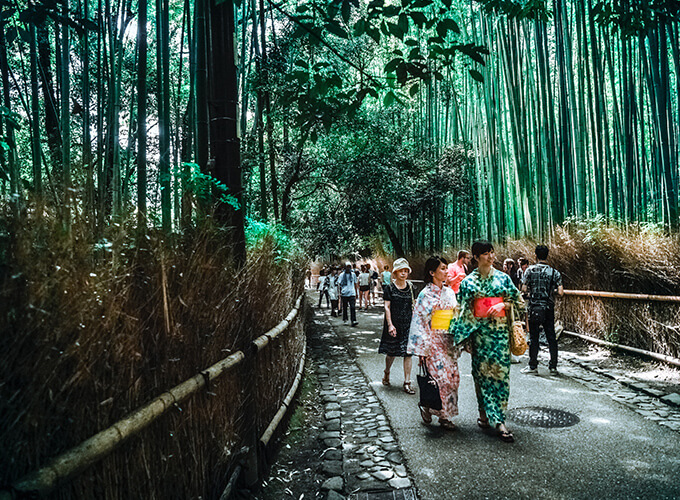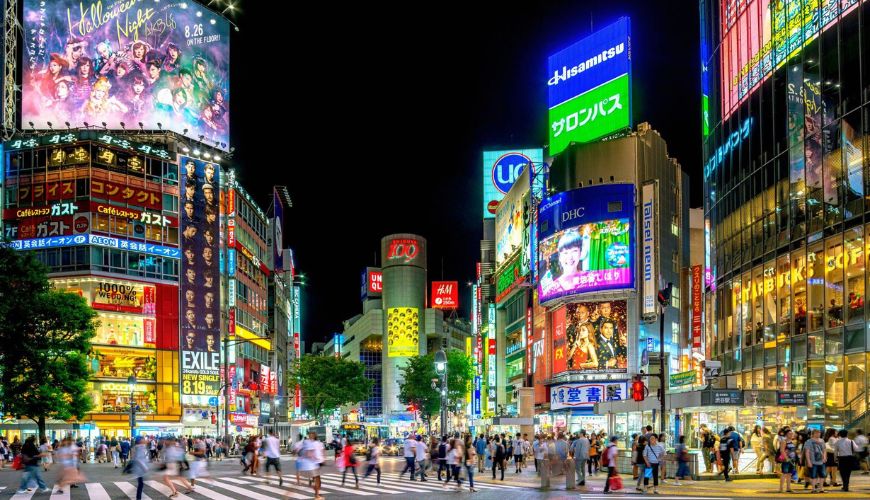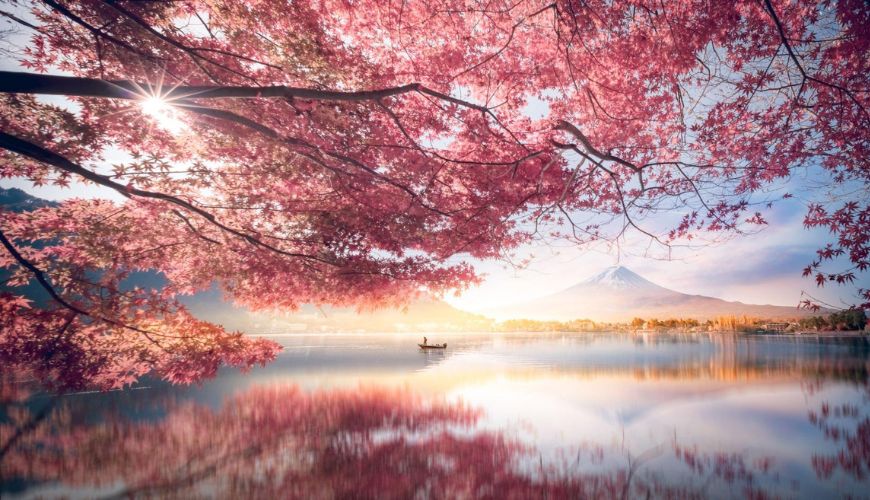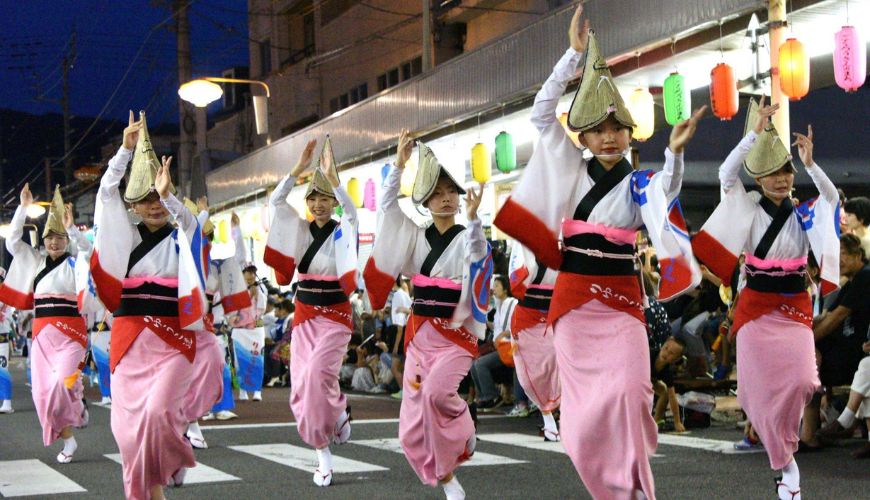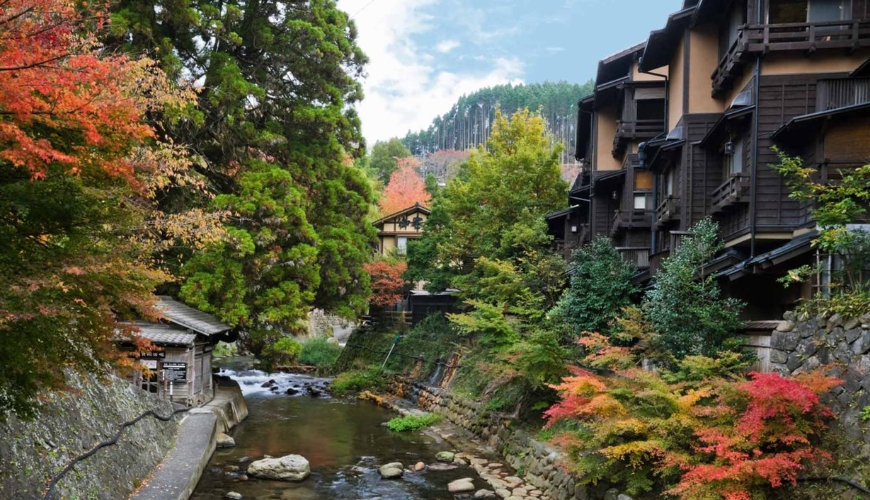The best times to visit Japan are during spring (March to May) and autumn (September to November). These seasons show Japan at its most beautiful, with soft pink cherry blossoms in the spring and fiery red and orange leaves in the fall. The weather is generally mild and comfortable, making it perfect for sightseeing. That said, these are also the busiest times of year, so popular spots can get quite crowded.
Summer (June to August) brings a mix of conditions. While the cities and lowlands can be hot and humid, the higher regions like the Japanese Alps and Hokkaido offer cooler weather and stunning natural landscapes-ideal for hikers and nature lovers. Keep in mind that the rainy season usually begins in late May and lasts until mid-June or early July, especially in central and southern Japan.
Winter (December to February) offers a completely different side of Japan. The north transforms into a snowy wonderland, perfect for skiing or soaking in an onsen (hot spring) surrounded by snow. Despite the cold, winter festivals light up towns and cities with glowing lanterns, snow sculptures, and cheerful celebrations.
It’s also important to be aware of Japan’s major national holidays. Golden Week (late April to early May), Obon (mid-August or mid-July, depending on the region), and Shogatsu (Japanese New Year in early January) are times when many Japanese people travel, so transport and accommodation tend to book up quickly.
Whether you’re looking for seasonal beauty, outdoor adventures, or cultural experiences, Japan offers something special year-round-you just need to choose the time that suits your travel style best.





